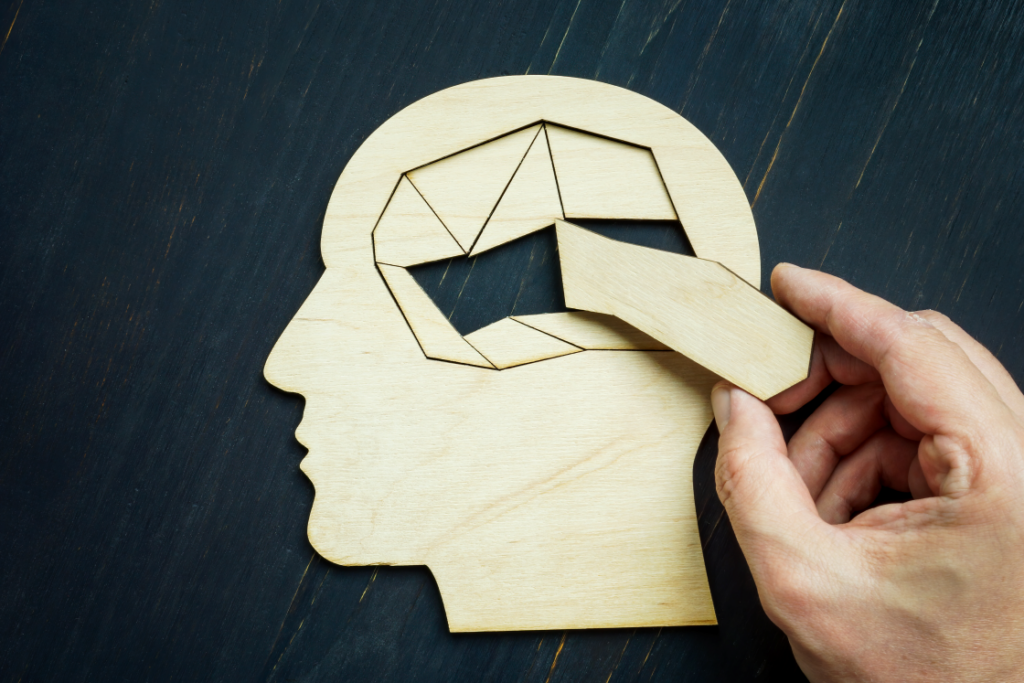A Neuroscientist’s Search for Memory
In celebration of his new memoir, the Nobel Prize-winning neuroscientist recounted many formative episodes from his life in science.
Published May 5, 2006
By Carl Zimmer
Academy Contributor
Sponsored by: The New York Academy of Sciences and W.W. Norton

Memory allows us to do more than just store telephone numbers and directions to the post office. It is a repository for lost worlds, which we can recreate years later. The Nobel Prize-winning neuroscientist Eric Kandel did just that during his lecture at The New York Academy of Sciences on March 2, 2006, as part of the Readers & Writers lecture series. Kandel, now 76, drew his audience back to his youth in Vienna in the 1930s. To convey the trauma of being a Jewish boy during the Nazi occupation of Austria, he recalled his ninth birthday.
“I’d gotten a number of toys, the most magical was a little shiny car I could control remotely,” Kandel said. But that joy turned to terror. It was 1938, the year the Nazis had invaded Austria. “Two days later, Nazi police officers came and told us we had to leave the house,” Kandel recalled. “They sent us to live with another family. When we came back, the apartment had been essentially emptied out. Everything was gone.”
Part Memoir, Part Intellectual History
Today Kandel understands a great deal about how he can manage to hold memories such as these. He escaped from Austria to the United States, where he trained as a neuroscientist. He went on to have a spectacular career probing the biological basis of the mind, winning the Nobel Prize in Physiology or Medicine in 2000. Kandel has woven together recollections of his life, his research, and the evolution of modern neuroscience into a memoir and intellectual history, In Search of Memory: The Emergence of a New Science of Mind.
Kandel attended Harvard, where he discovered psychoanalysis. He became convinced that it would allow him to understand both the rational and irrational sides of mankind. “This was the royal road to understanding the mind,” he said.
He entered medical school to be a psychoanalyst, but he had an unconventional idea about what his training should include. “I thought to be a psychoanalyst, it would be useful to know something about the brain,” he said. In the 1950s, most psychiatrists paid little heed to the actual structure and function of the brain. And neuroscience itself hardly existed as a unified discipline.
Eventually, Kandel ended up at the laboratory of Harry Grundfest at Columbia University. At first Kandel had the wild ambitions of someone who has not yet actually tried to study the brain. “I said, ‘I’d like to see if I can help localize where the ego, the superego, and the id are localized in the brain,'” Kandel recalled, laughing. “Grundfest looked at me like I was out of my mind. But rather than kicking me out, he said, ‘This is beyond the grasp of neuroscience today.'”
Cellular Psychoanalysis
Grundfest directed Kandel to more manageable experiments. In Grundfest’s lab he began recording the activity of neurons in crayfish. “In those days the output of the amplifier was hooked up to a loud speaker so you could hear each action potential. Boom, boom, boom!” Kandel said. “It was fantastic. Here I was listening to the signals coming from the brain of the crayfish. This was true psychoanalysis at the cellular level.”
In place of his dream of finding Freud in the brain, Kandel decided to chase a dream that was only a little less grand. He would find the biological basis of memory. In the mid-1950s, neuroscientists recognized two different kinds of memory: short-term and long-term. Damage to the brain could harm short-term memory without affecting long-term memory. One small region of the brain, known as the hippocampus, appeared to be one of the key regions for allowing us to remember.
Kandel set out to investigate the hippocampus, hoping to find something distinctive about its cells. But nothing earthshattering emerged. It was possible that what was important for memory was not individual neurons, but how they were arranged in a network and communicated with one another. The millions of neurons in the hippocampus would be too complex to analyze. So he needed to find a simpler system. “I thought, the way you solve a problem in biology is you solve its simplest representation.”
Aplysia‘s 20,000 Neurons
The ideal system turned out to be the marine snail Aplysia. It had only 20,000 neurons, as opposed to the 100 billion neurons in the human brain. And its neurons were big—the biggest of any animal, in fact. Kandel was able to study memories in Aplysia by training it. He would nudge the snail before applying a jolt, and it would learn to associate the two sensations. Kandel could then compare the biochemistry of the neurons before and after it had recorded memories of this uncomfortable experience.
Working with Aplysia, Kandel and his colleagues demonstrated that short-term memory formed through the strengthening of connections between neurons. They even identified some of the molecules that made that strengthening possible. For long-term memories, it was necessary to switch on genes in neurons in order to make new proteins, and to make new connections. Once Kandel began to feel confident that he had figured out Aplysia, he moved back to the hippocampus in mice, discovering that many of the same genes and proteins also played an important role in their memories—and, by extension, human memories.
Kandel was recognized for this pioneering work with a Nobel Prize in 2000, but the award hasn’t slowed him down. He is writing a flurry of books, including the newest edition of his doorstop-sized textbook on neuroscience. While studying mice in the 1990s, Kandel began to investigate the molecular changes that occur as the animals get old. Insights from these experiences led to the founding of Memory Pharmaceuticals. The company is now conducting clinical trials on drugs that may boost the cognitive skills of people suffering Alzheimer’s disease and age-related memory loss.
Rogue Proteins
Meanwhile, Kandel and his postdoctoral fellow, Kausik Si, have opened up an entirely new front in the search for memory: the possibility that it shares something in common with mad cow disease. Researchers have shown that mad cow disease is caused by rogue proteins that fold into abnormal shapes, known as prions. Once prions form, they acquire the ability to force other proteins to assume the same shape. Under some circumstances, this runaway shape-change can cause devastating diseases.
But prions may play a helpful role in organisms. Collaborating with Susan Lindquist at the Whitehead Institute for Biomedical Research, Kandel and Si have found that some of the molecules involved in forming long-term memories show signs of behaving like prions in yeast cells. Kandel and Si propose that memories may be stabilized by self-perpetuating proteins. Individual proteins in neurons may be short-lived, but prions might be able to pass on their functional state to other molecules for years.
It’s a hypothesis that demands more experiments, a prospect that delights Kandel. “This gives me unending pleasure,” said Kandel, “because I can’t think of anything else I’d rather do.”
About the Speaker
Eric Kandel, MD, is University Professor at Columbia University, Kavli Professor and director of the Kavli Institute for Brain Sciences, and senior investigator at the Howard Hughes Medical Institute. He received the Nobel Prize in Physiology or Medicine in 2000 and is a member of the President’s Council of the Academy. He is also the author of In Search of Memory: The Emergence of a New Science of Mind (W. W. Norton).
